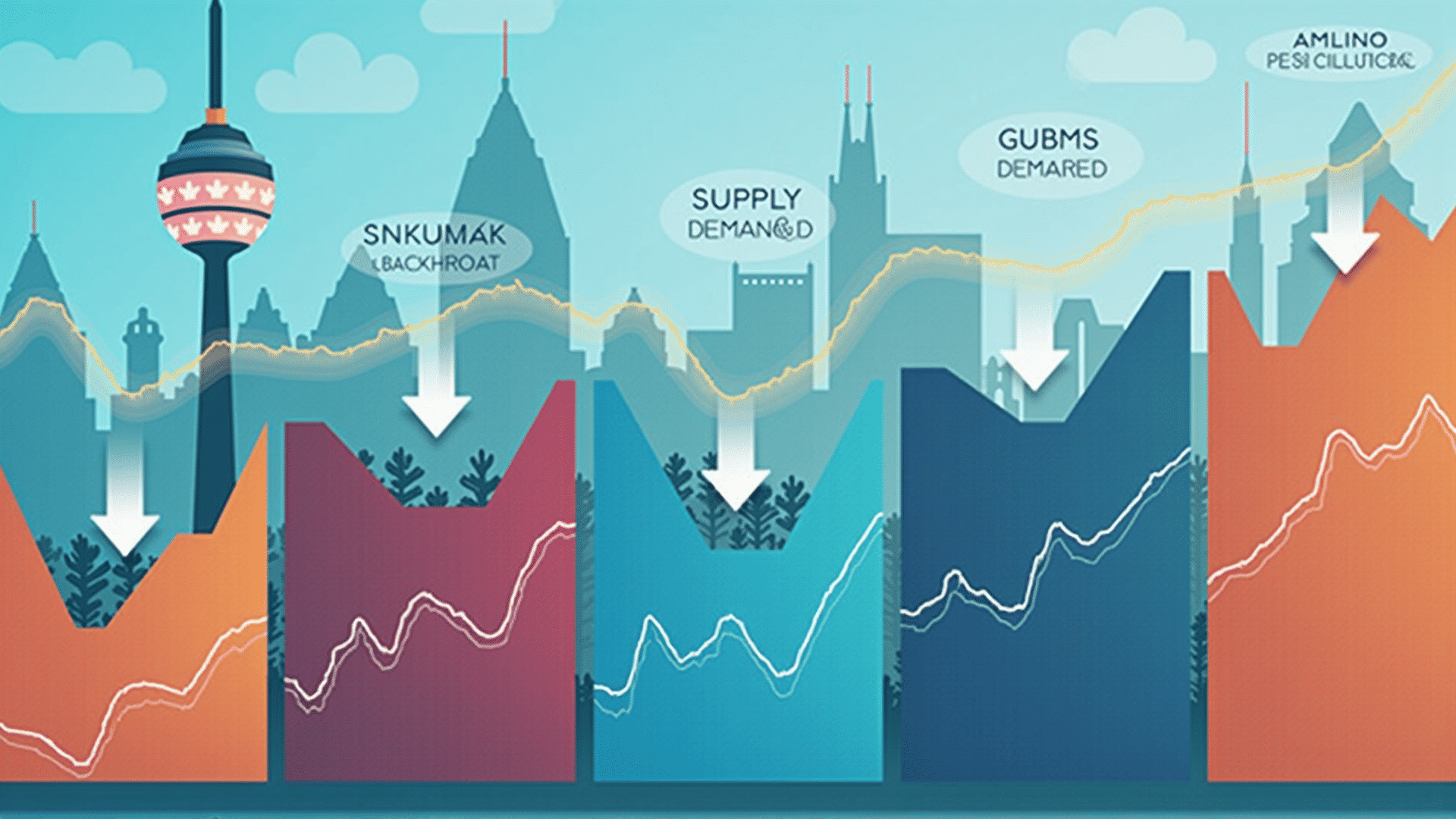Analyzing market forces within Canada involves delving into the intricate dynamics of supply and demand across diverse sectors. As one of the world's largest economies, Canada offers a unique landscape influenced by its vast geography, abundant natural resources, and highly developed infrastructure.
One must first consider Canada's immense resource industries, such as energy, mining, and forestry. These sectors are often susceptible to global commodity prices, geopolitical tensions, and environmental regulations. For instance, fluctuations in oil prices can significantly impact the economics of Alberta, where oil sands extraction is a major industry. Similarly, changes in demand for minerals like nickel and copper can influence mining activities throughout the country, particularly in provinces like Ontario and British Columbia.
The manufacturing sector, another vital component of the Canadian economy, intertwines closely with the United States. The North American Free Trade Agreement (NAFTA), and its successor, the United States-Mexico-Canada Agreement (USMCA), have been pivotal in shaping this trade relationship. Automotive manufacturing in Ontario, which heavily relies on the export market, is one such industry affected by these trade agreements.
Agriculture also plays a crucial role within Canada’s market dynamics. The country's vast landmass and favorable conditions support extensive farming and ranching activities. The sector is driven by domestic demand, but international trade agreements and changing consumer preferences also play substantial roles. For example, the increasing global preference for plant-based foods has spurred growth in Canadian pulse farming.
In the service industry, technology and digital advancements are at the forefront of change. Canada, especially areas like the Greater Toronto Area and Vancouver, has seen a burgeoning tech sector with companies focusing on innovation. The labor force in this sector often requires specialized skills, necessitating robust educational systems and immigration policies to attract global talent.
Furthermore, the challenges of climate change and sustainability are reshaping many sectors. Companies across Canada are increasingly adopting green technologies and practices as demand rises for sustainable products and solutions. This transformation is not only visible in energy production but also in consumer goods, where there is a notable shift toward environmentally friendly offerings.
Ultimately, these market forces illustrate a multifaceted landscape where local and global influences create a dynamic environment. Canadian businesses and policymakers must continuously adapt to these shifting forces, leveraging opportunities while addressing challenges to foster sustainable growth and innovation.
